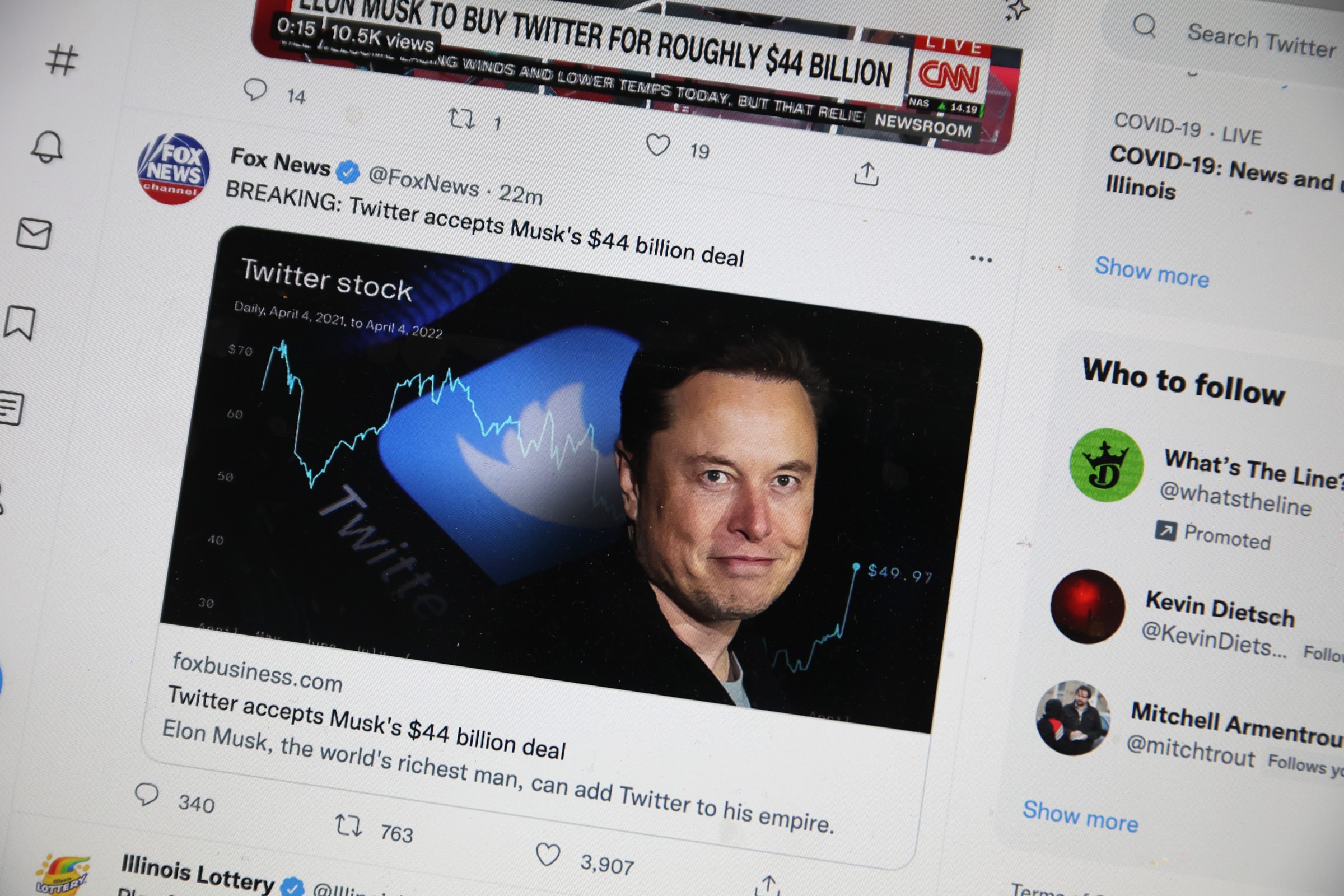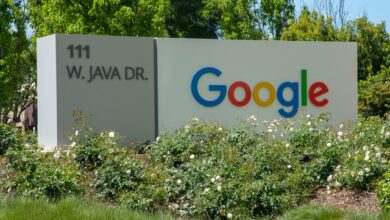A
A
A
After a months-long process, which included legal wrangling and the prospect of an upcoming trial, Elon Musk has finalized the purchase of Twitter, a social networking service that was founded in 2006. This process lasted more than six months, from April 14 to Oct. 27, and cost $44 billion, of which $33 billion is being provided by Musk with the remainder coming through loans.
Some of the immediate concerns that were raised by users, prospective advertisers and others was Musk’s earlier statement that Twitter would now be a beacon of free speech – i.e. without moderation. However, on the same day that the sale was finalized, he said that Twitter cannot be a “free-for-all hellscape” and that there will be appropriate “consequences” for what is said if they are deemed necessary.
Read More »
With that said, Musk has stated that he plans to overturn Twitter’s ban on Donald Trump. Meanwhile, the former president has said that he is happy that the website is no longer being operated by “Radical Left Lunatics and Maniacs that truly hate our country.”
One of the challenges that Musk faces is balancing having more of a focus on free speech while also wanting to limit how many fake accounts and bots are being operated there.
One way that he has discussed doing so is using measures that would “authenticate” users and ensure that they are in fact genuine individuals. However, that can lead to concerns by users that their privacy is being invaded, and if something like this becomes obligatory, it may lead to a decrease in users.
Advertising is one of the major focuses that Musk has for his vision of Twitter’s future with annual revenues expected to reach $26.4 billion by 2028. He also anticipates that the number of users will increase from its current total of 200 million to 931 million during that same time span.
It is possible as well that Twitter would requires users to purchase subscriptions to utilize it. While that may increase revenue for the company, it will surely decrease its number of users, at least initially. Regardless, some sort of subscription offering, at least one that is optional, that goes beyond Twitter Blue is expected.
On Nov. 8, Twitter will be removed from the New York Stock Exchange, where it has been for the past nine years, as it transitions into being a private company. Those who held stock will be paid $54.20 for each one. Experts believe that they will receive that money in a week or so.
Another element of this move that has concerned many, particularly those currently employed at Twitter, was Musk saying that 75% of the positions currently filled there would be taken away. However, that was something else that he walked back on on Oct. 27, stating that he does not in fact plan to do that.
But he did immediately let four Twitter executives go, which has not calmed those fears. Affected individuals were Chief Executive Officer Parag Agrawal, Chief Financial Officer Ned Segal, Head of Legal Policy, Trust and Safety Vijaya Gadde and General Counsel Sean Edgett. Musk and several if not all of those individuals had experienced tension and considerably different viewpoints over the past several months.
Musk has since taken over the position of CEO and eliminated its board of directors.
Just before the deal was finalized, the Delaware Court of Chancery had been set to hold a five-day trial in late October related to Musk’s attempt to back out of this deal.






